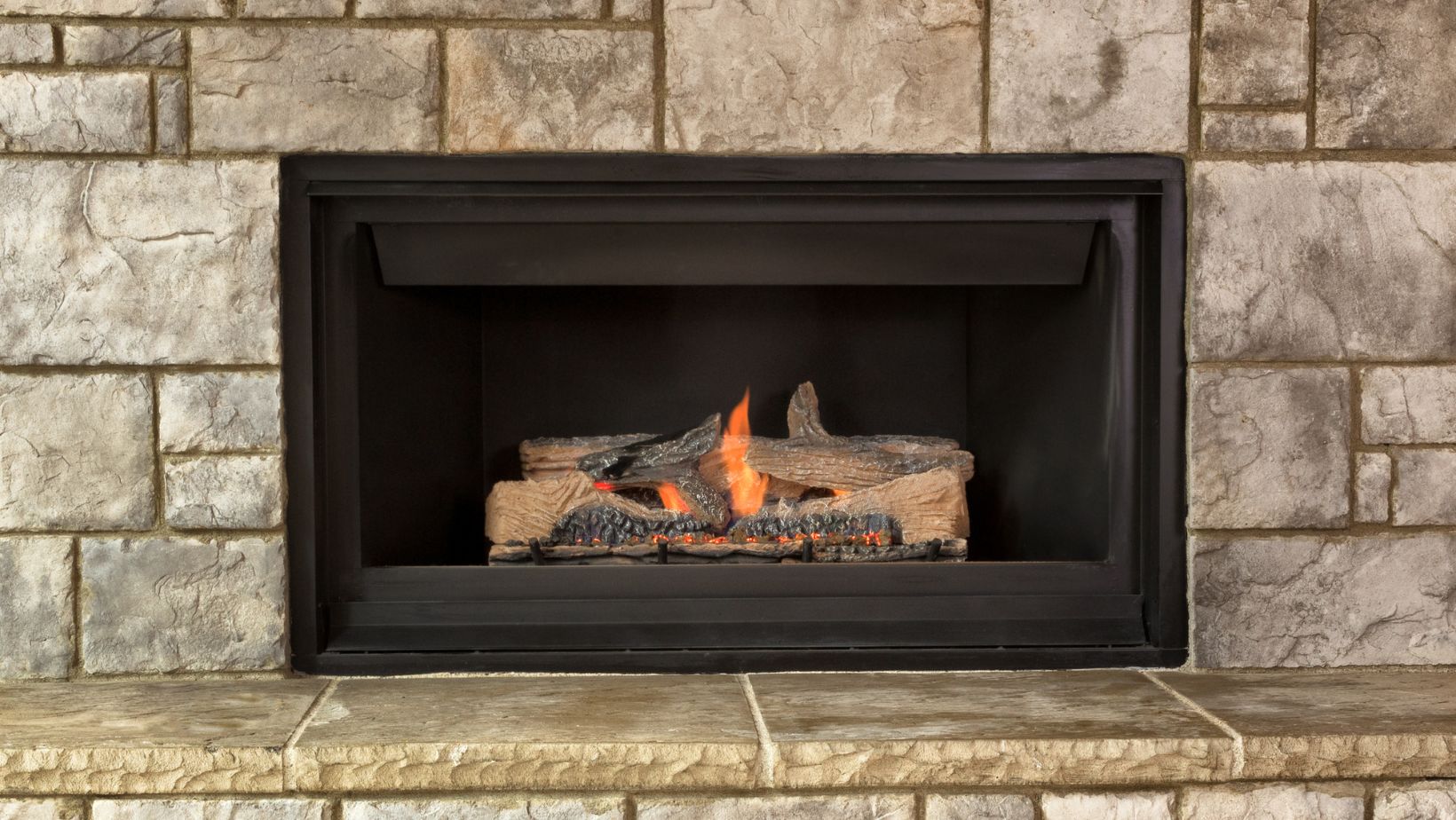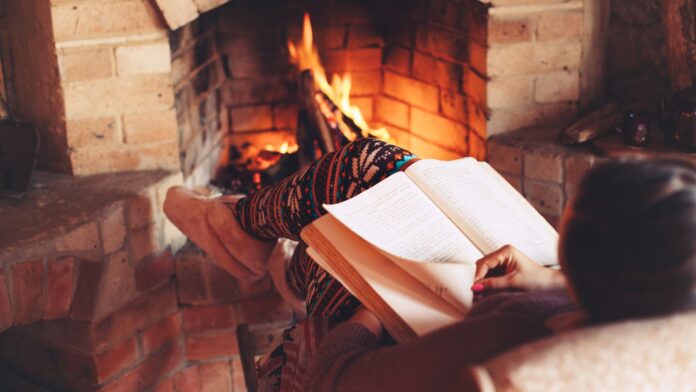When is it Too Cold to Have a Fire in the Fireplace
When is it too cold to have a fire in the fireplace? As an experienced blogger, I understand the importance of maintaining a fireplace, not only for warmth and ambiance but also for safety. It’s crucial to know the optimal temperature conditions for lighting a fire to ensure that you can enjoy its benefits without any risks.
During extremely cold weather, it may be tempting to crank up the heat and cozy up by the fireplace. However, it’s essential to exercise caution and consider certain factors before igniting those logs. One key aspect to keep in mind is the condition of your chimney. Cold temperatures can cause moisture inside the chimney to freeze, leading to potential blockages or even structural damage. Therefore, it’s advisable to have your chimney inspected regularly and cleaned if necessary.
When to Avoid Lighting a Fire
Knowing when it is too cold to have a fire in the fireplace is crucial for maintaining both the safety and efficiency of your fireplace. While fireplaces are often associated with warmth and coziness, there are certain conditions when lighting a fire may not be advisable. Here are some key factors to consider:
- Outside Temperature: It’s important to take into account the external temperature before deciding to light a fire. Extremely cold weather conditions can cause issues with draft control and proper ventilation, which can lead to smoke buildup indoors or even potential health hazards. If the outside temperature falls below freezing or reaches extremely low levels, it might be best to avoid using your fireplace.
- Windy Conditions: Strong winds can create downdrafts that push smoke back into your home instead of allowing it to rise through the chimney. This not only affects air quality but also increases the risk of carbon monoxide poisoning. If you notice gusty winds or turbulent weather patterns, it’s safer to hold off on lighting a fire until calmer conditions prevail.
- Poor Air Quality: Before starting a fire, check local air quality advisories or pollution levels in your area. If there are alerts indicating high levels of pollutants such as smog or particulate matter, it’s wise to refrain from using your fireplace. Burning wood releases emissions that can exacerbate existing air pollution problems and negatively impact respiratory health.
- Damaged Chimney or Fireplace: Regular maintenance is essential for ensuring the safety and functionality of your fireplace system. If you suspect any damage or deterioration in your chimney structure, such as cracks, loose bricks, or blocked flues, do not light a fire until these issues have been addressed by a professional chimney sweep or inspector.
- Smoke Sensitivity: Individuals with respiratory conditions like asthma or allergies may be more sensitive to smoke exposure than others. If you or someone in your household has such sensitivities, it’s important to be mindful of the impact that a fire can have on indoor air quality. Consider alternative heating methods or take extra precautions, such as opening windows for ventilation, if you still choose to use the fireplace.

The Risks of Ignoring Fireplace Maintenance
Maintaining a fireplace is not just about ensuring its functionality and aesthetic appeal; it’s also crucial for your safety and well-being. Ignoring fireplace maintenance can lead to a host of risks that can put you, your loved ones, and your home in danger. Let’s delve into some of these risks:
- Chimney Fires: A neglected fireplace with accumulated creosote deposits becomes a breeding ground for chimney fires. Creosote is a highly flammable substance that builds up over time as wood burns. Without regular cleaning, this residue can ignite and cause an uncontrolled fire within the chimney. The intense heat generated by such fires can damage the chimney structure, spread to other parts of the house, or even result in a full-blown house fire.
- Carbon Monoxide Poisoning: Carbon monoxide (CO) is an odorless and colorless gas that can be produced when fuel doesn’t burn completely. If your fireplace lacks proper ventilation or has blockages in the chimney, CO can enter your living space instead of being safely expelled outside. Breathing in carbon monoxide can lead to symptoms like dizziness, nausea, headaches, and even death if exposure is prolonged or severe.
- Structural Damage: Over time, without regular maintenance and inspections, fireplaces may develop cracks or gaps in their masonry work or deteriorate due to moisture intrusion. These structural issues compromise the integrity of both the fireplace itself and the surrounding walls. If left unaddressed, these problems may worsen over time and require costly repairs or even pose risks of collapsing.
- Increased Risk of House Fires: Neglected fireplaces increase the risk of house fires significantly. From sparks escaping through damaged chimneys to embers landing on combustible materials nearby like furniture or curtains – there are numerous ways an unmaintained fireplace can start a fire. It only takes one small spark to ignite a devastating blaze that can engulf your entire home.
- Inefficient Heating: Fireplaces that are not well-maintained often lose their efficiency in heating your home. A buildup of soot and debris, as well as damaged components, inhibits proper airflow and reduces the heat output. This means you’ll end up using more fuel to achieve the desired warmth, leading to higher energy costs and unnecessary strain on the environment.


